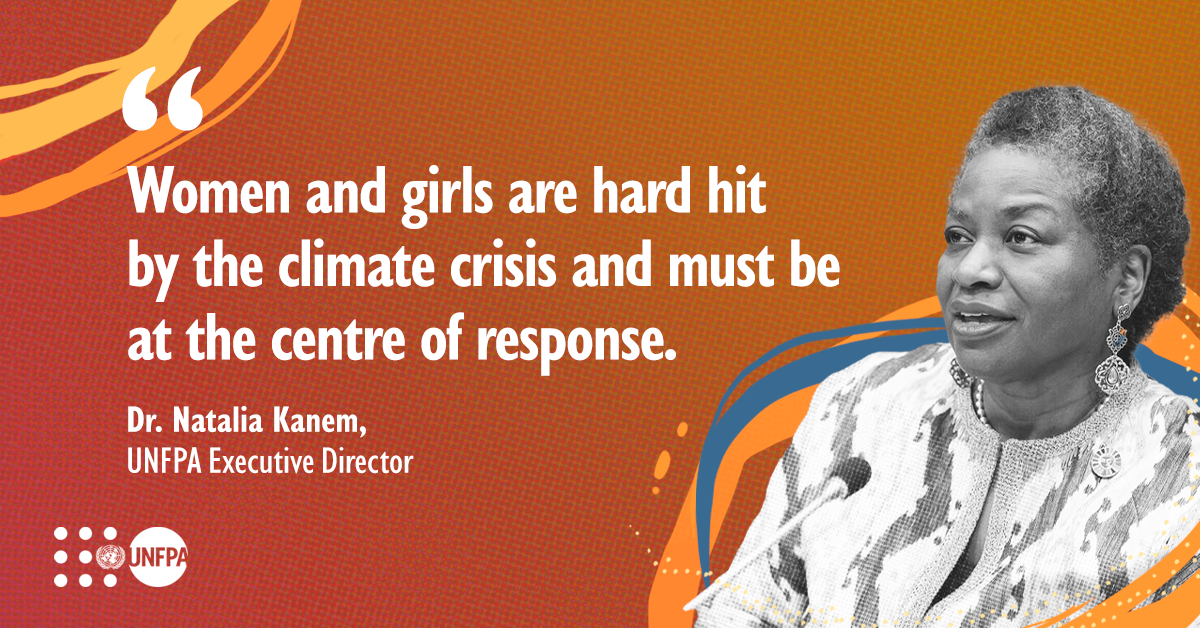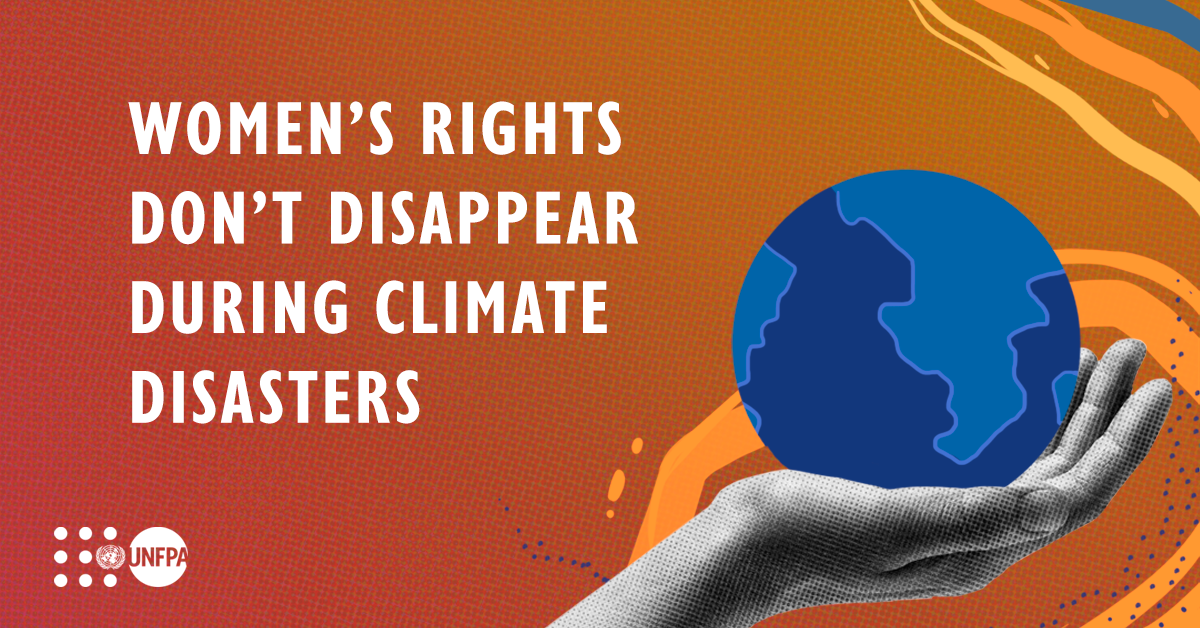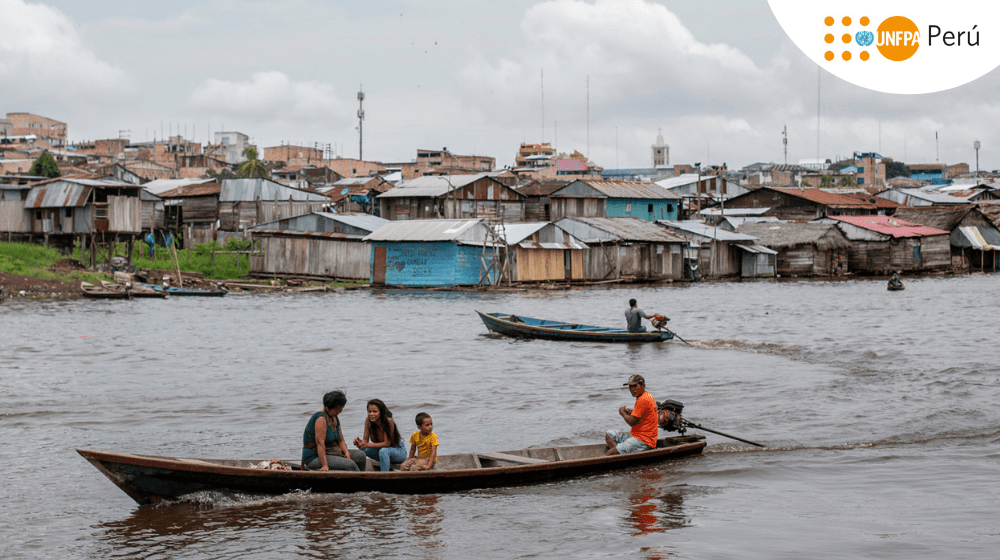UNITED NATIONS, New York – In a year that has seen a global onslaught of catastrophic heat waves, wildfires, floods and drought, the Intergovernmental Panel on Climate Change’s latest assessment report, released last week, serves as an undeniable exclamation point. The report, by 234 authors from 66 countries citing 14,000 references, portends more frequent and severe extreme weather events that trace back to human behaviour.
No one escapes the harrowing, heartbreaking consequences of climate change, and the number of people needing humanitarian assistance will double by 2030 because of it. (Per OCHA, 235 million require aid this year.) This isn’t a competition on who suffers most when nature responds violently to the abuses perpetrated by mankind. But vulnerable and marginalized groups like women – who make up the majority of the global poor and whose livelihoods are largely dependent on natural resources among other risk factors – are exposed to particular calamities. According to UNDP, women and children are 14 times more likely than men to die in a disaster.
Below, five more ways climate change afflicts women and girls. Climate change can:
1. ...lead to more gender-based violence
Women and girls, who bear primary responsibility for collecting water and firewood for fuel, have to walk further in their search for scarce resources. When populations are displaced due to climate change (think drought in Somalia and Angola), women and girls face increased risk of gender-based violence at refugee or internally displaced persons camps. Again, in looking for resources to run households, they walk unfamiliar territory, increasing their vulnerability.
UNFPA found sex trafficking spiked after cyclones and typhoons in the Asia-Pacific region and intimate partner violence rose during drought in East Africa, tropical storms in Latin America and similar extreme weather events in the Arab States region.
2. ...contribute to a rise in child marriages
Weather extremes destroy livelihoods and exacerbate poverty. This can incentivize families to marry off young daughters so there’s one less mouth to feed, in exchange for a bride price or because they believe they are improving a girl’s chances at a future. Whatever the motivation, upticks in early marriage have been seen in such countries affected by climate disaster.

3. ...lead to stillbirth
Research indicates that “a 1 degree Celsius increase during the week preceding delivery was associated with 6 per cent increase in risk during the warm season that translates to about four additional stillbirths per 10,000 births.” Greater investigation is warranted, but evidence points to a connection between extreme heat and negative birth outcomes.
4. ...and worsen other maternal and neonatal outcomes
For example, vector-borne illnesses such as malaria and dengue fever have been linked to miscarriage, premature birth and anaemia. Rising temperatures are lengthening the seasons when mosquitoes, which spread these illnesses, are active, and wet environments encourage their breeding. Climate change can also increase the spread of vector-borne diseases like Zika virus, which in pregnant women can cause severe birth defects like microcephaly (small head due to a brain abnormality).
5. ...disrupt sexual and reproductive health and limit access to contraception
As COVID-19 has shown, emergencies divert health-care resources toward fighting the latest threat and away from services deemed less essential. Emergencies due to climate change will become more frequent, meaning sexual and reproductive health and rights services may be among the first to be curtailed.
But even if sexual and reproductive health and rights services continue, displaced women and girls often lose access to them, which can result in more unintended pregnancies and sexually transmitted infections.
The world must recognize that sexual and reproductive health and rights are a climate issue, and that women need to be part of climate policymaking. When they are, the planet is better off in such areas as lower carbon footprints and greater protected lands. And when the planet is better off, everyone is better off.



